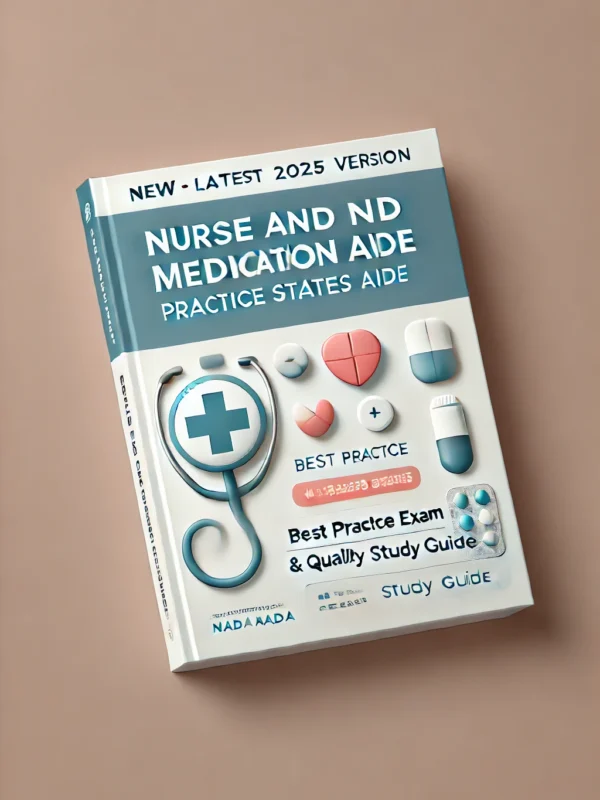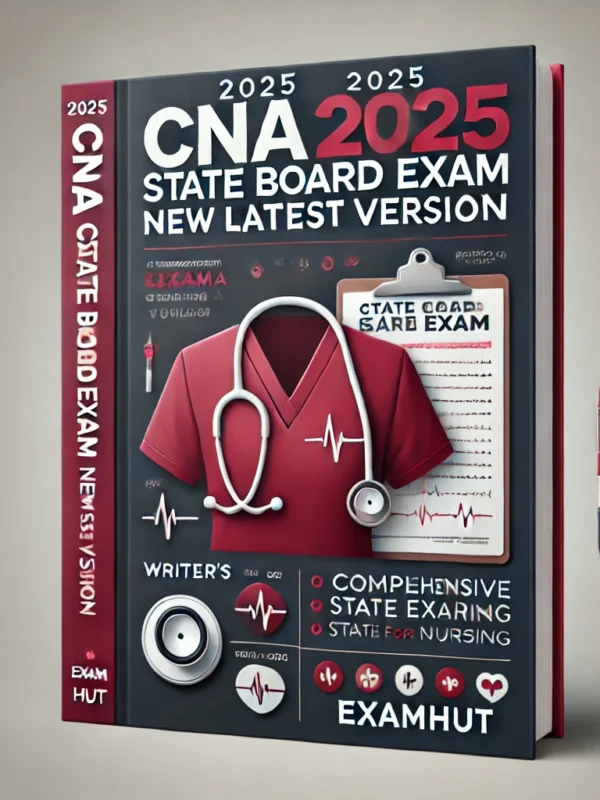-
Easy-to-grasp explanations of key Nursing 205 concepts
-
Hands-on clinical skills training with detailed guidance
-
Evidence-based practice insights for 2025 standards
-
Exam prep with practice questions and real-world case studies
-
Strategies to boost performance in class and clinicals
-
Tailored for nursing students aiming for excellence
Preview
A student nurse tells the instructor that a patient is fine and has “no complaints.” What would
be the instructor’s best response?
A. “You made an inference that she is fine because she has no complaints. How did you validate
this?”
B. “She probably just doesn’t trust you enough to share what she is feeling. I’d work on
developing a trusting relationship.”
C. “Sometimes everyone gets lucky. Why don’t you try to help another patient?”
D. “Maybe you should reassess the patient. She has to have a problem—why else would she be
here?” – -CORRECT ANS- -a.
The instructor is most likely to challenge the inference that the patient is “fine” simply because
she is telling you that she has no problems. It is appropriate for the instructor to ask how the
student nurse validated this inference. Jumping to the conclusion that the patient does not trust
the student nurse is premature and is an invalidated inference. Answer c is wrong because it
accepts the invalidated inference. Answer d is wrong because it is possible that the condition is
resolving.
A registered nurse is writing a diagnosis for a patient who is in traction because of multiple
fractures from a motor vehicle accident. Which nursing actions are related to this step in the
nursing process? Select all that apply.
A. The nurse uses the nursing interview to collect patient data.
B. The nurse analyzes data collected in the nursing assessment.
C. The nurse develops a care plan for the patient.
D. The nurse points out the patient’s strengths.
E. The nurse assesses the patient’s mental status.
F. The nurse identifies community resources to help his family cope. – -CORRECT ANS- -b, d, f.
The purposes of diagnosing are to identify how an individual, group, or community responds to
actual or potential health and life processes; identify factors that contribute to or cause health
problems (etiologies); and identify resources or strengths the individual, group, or community
can draw on to prevent or resolve problems. In the diagnosing step of the nursing process, the
nurse interprets and analyzes data gathered from the nursing assessment, identifies patient
strengths, and identifies resources the patient can use to resolve problems. The nurse assesses
and collects patient data in the assessment step and develops a care plan in the planning step of
the nursing process











Reviews
There are no reviews yet.